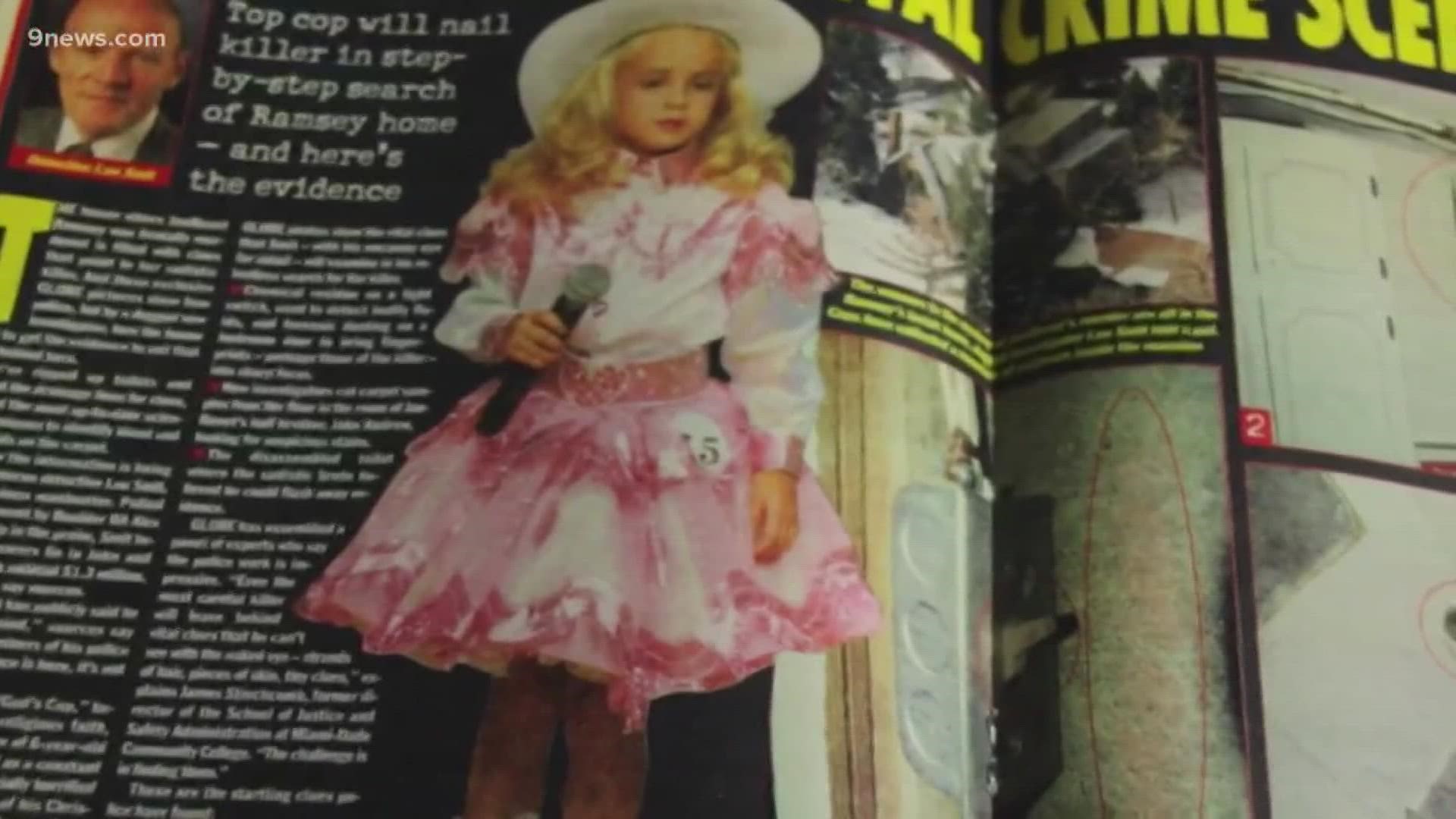In the beginning – which means the 1980s – scientists looking for DNA needed a relatively large sample, such as a bloodstain visible to the naked eye, to develop a genetic profile.
But the march of technology in the years since then has been nothing short of incredible – by the mid-2000s, scientists could detect DNA from samples so small they couldn’t be seen by the naked eye. That effort spawned the term “touch” DNA – genetic profiles could be detected from clothing or other evidence that someone had merely touched.
That technology led to a new round of DNA testing in 2008 on clothing worn by JonBenet Ramsey when she was murdered in Boulder in December 1996. Foreign male DNA found on JonBenet’s long johns and panties led then-Boulder District Mary Lacy to announce on July 9, 2008, that she had cleared the 6-year-old’s parents and older brother as suspects.
Today, even the name of that incredibly precise testing is a bit of a misnomer, and most scientists have adopted the term “trace” DNA.
Why?
Because they can find foreign DNA in places there weren’t even touched – developing profiles from samples of just three or four human cells. How small is a human cell? Imagine taking a grain of salt, smashing it into a million pieces, and then picking up one of those.
For perspective, a person sheds about 40,000 cells and hour.
Scientists also understand in ways they did not a 10 or 15 years ago that DNA can easily be transferred – complicating the understanding of what a particular test result might mean. Clothes in a washing machine can spread DNA to other clothes. Two people can hold hands and then one of them can transfer the other’s DNA onto something like a water glass. A third person can come along, touch the glass, walk away and spread that DNA somewhere else.
On Thursday, 9Wants To Know will report the results of its joint investigation with the Boulder Daily Camera examining DNA evidence in the case.


